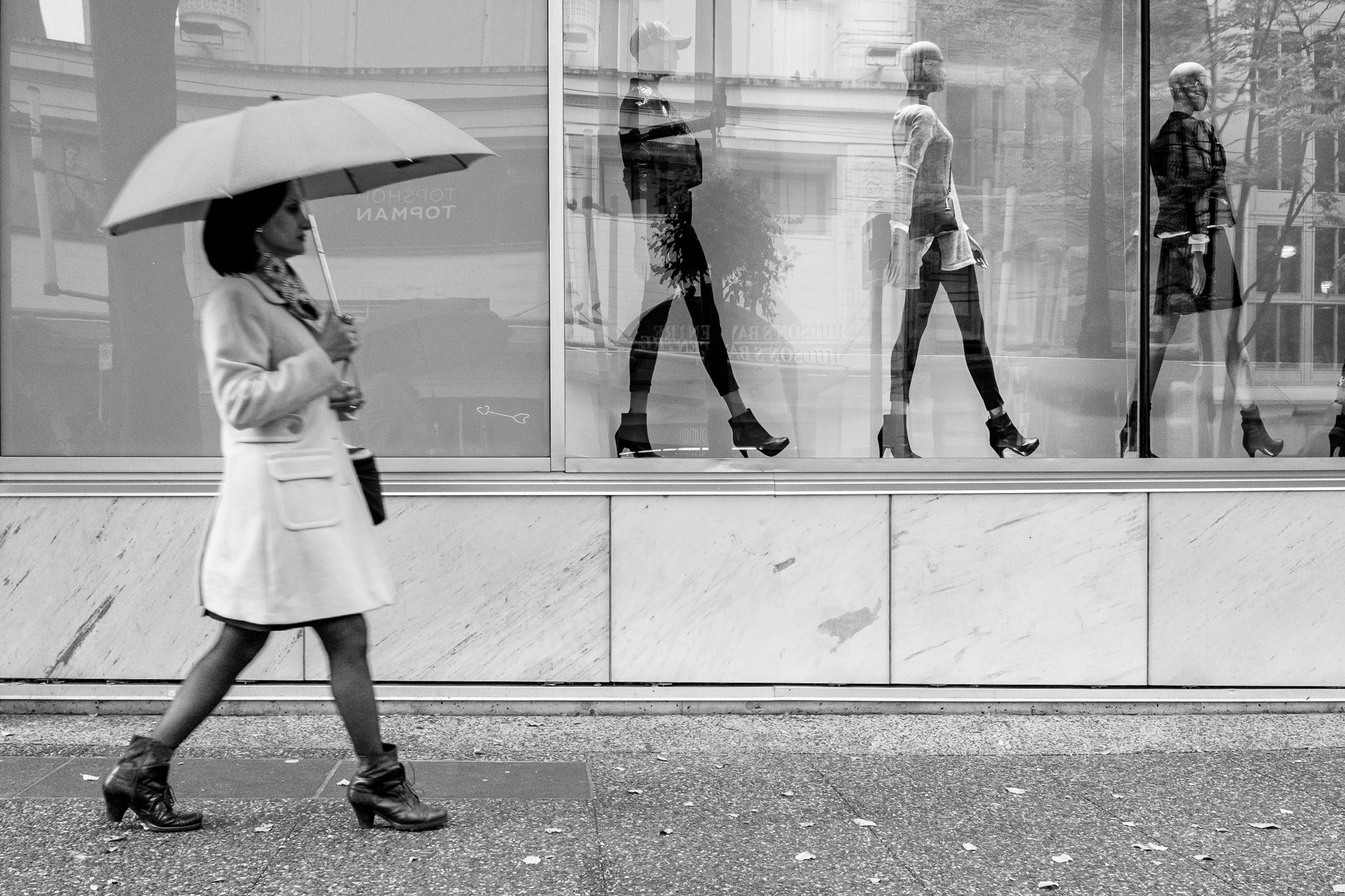Some Known Details About Framing Streets
Table of ContentsNot known Details About Framing Streets What Does Framing Streets Do?Little Known Facts About Framing Streets.Indicators on Framing Streets You Need To KnowThe Single Strategy To Use For Framing StreetsThe Of Framing Streets
Photography category "Crufts Dog Show 1968" by Tony Ray-Jones Street digital photography (likewise sometimes called candid photography) is photography conducted for art or query that includes unmediated possibility experiences and random incidents within public areas, usually with the objective of recording images at a definitive or touching moment by cautious framework and timing. 
Subsequently his boots and legs were well defined, but he is without body or head, due to the fact that these were in activity." Charles Ngre, waterseller Charles Ngre. https://www.flickr.com/people/199855997@N03/ was the initial professional photographer to obtain the technical elegance needed to sign up individuals in motion on the road in Paris in 1851. Photographer John Thomson, a Scotsman working with reporter and social activist Adolphe Smith, published Road Life in London in twelve regular monthly installments starting in February 1877
Some Known Details About Framing Streets
Eugene Atget is related to as a progenitor, not due to the fact that he was the first of his kind, yet as a result of the popularisation in the late 1920s of his document of Parisian roads by Berenice Abbott, visit homepage that was inspired to take on a similar documents of New York City. [] As the city established, Atget helped to advertise Parisian streets as a deserving subject for digital photography.

The Buzz on Framing Streets
Martin is the first taped professional photographer to do so in London with a disguised cam. Mass-Observation was a social research organisation established in 1937 which aimed to record day-to-day life in Britain and to record the responses of the 'man-in-the-street' to King Edward VIII's abdication in 1936 to wed separation Wallis Simpson, and the sequence of George VI. The principal Mass-Observationists were anthropologist Tom Harrisson in Bolton and poet Charles Madge in London, and their very first report was produced as guide "May the Twelfth: Mass-Observation Day-Surveys 1937 by over 2 hundred viewers" [] Home window cleaner at Kottbusser Tor, Berlin, by Elsa Thiemann c. 1946 The post-war French Humanist Institution digital photographers discovered their subjects on the road or in the bistro. Andre Kertesz.'s commonly appreciated Images la Sauvette (1952) (the English-language version was titled The Crucial Minute) promoted the concept of taking a picture at what he labelled the "definitive minute"; "when kind and content, vision and structure combined right into a transcendent whole" - vivian maier.
The 7-Second Trick For Framing Streets
, after that an educator of young youngsters, associated with Evans in 193839.'s 1958 publication,, was substantial; raw and commonly out of emphasis, Frank's images questioned conventional photography of the time, "challenged all the official regulations laid down by Henri Cartier-Bresson and Walker Evans" and "flew in the face of the wholesome pictorialism and genuine photojournalism of American publications like LIFE and Time".